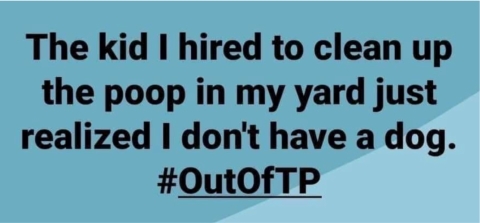|
The numbers:
-
US: 1.3% death rate, holding steady.
Prevalence going up as expected (19,624).
-
South Korea: 1.1% death rate, very stable.
Prevalence stable (8,799)
-
Germany: 0.3% death rate, stable. Prevalence
stabilizing (20,142)
-
Locally: HCGH busy but stable
Dr. Oken, have you ever encountered a situation
like this before?
No, but in my training, there have been many
clinical situations that have caused me to
pause, evaluate the risk and benefits of
treatment, and the risk for me to contract the
infection afflicting my patient. This happened
constantly during the initial HIV era; at that
early time, we did not understand the risks so
we practiced without adequate protection. When
I was an intern in the ICU, there was potential
exposure to deadly meningitis, we discovered it
several days after our team was exposed We
created a plan once we understood the risks.
Again, different, but at that time,
anxiety-producing.
So, how do you deal with this?
By staying in the present moment and always have
a plan. Plans change because situation are
fluid. My training is such - to always have a
plan. Work the problem, solve the problem, on
to the next problem. Sometimes working a
problem inside the box, I can not see the
solution, so I get out of the box, walk around
the box, kick the sides of the box. See the
problem, make a new plan and solve the problem.
Okay, so what's the plan?
1. Stay home. This is the only way we flatten
the curve. If you want to contribute to the
remedy, and of course you do,
stay home!
2. Only go out for mission-critical issues. If
you go out, bring hand sanitizer.
3. Practice frequent hand washing with soap and
water for at least 20 seconds.
4. Do not touch your face. No embracing,
handshaking, hugging. Social distancing of 6
feet or greater is a must.
6. Get the right amount of exercise.
7. Get your rest.
8. If it helps you, meditate.
9. Grandparents: stay away from your
grandchildren!!
10. If you have seasonal allergies or a cold or
are coughing, wear a mask or scarf to protect
others in your home.
11. Recognize that surfaces are contaminated.
Have a plan when bringing delivered groceries
and other deliveries into your
home.
Is it safe to get takeout from restaurants?
Yes, but you may want to
wipe down the packaging and containers. There's
no evidence to suggest coronavirus is
transmitted through food the
CDC says (click
the blue) It's generally spread through
respiratory droplets. It's a good idea to
disinfect the takeout containers and wash your
hands afterwards according to CNN Chief Medical
Correspondent Dr. Sanjay Gupta. He stressed
that Coronavirus is a respiratory virus, and
it's easy to touch your face without realizing
it.
And on a much lighter (and much needed!) note
for the weekend:
|
|



